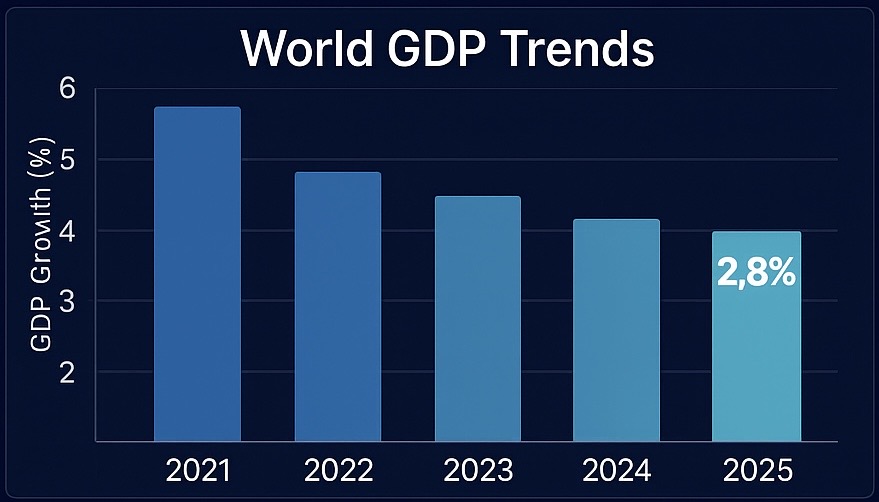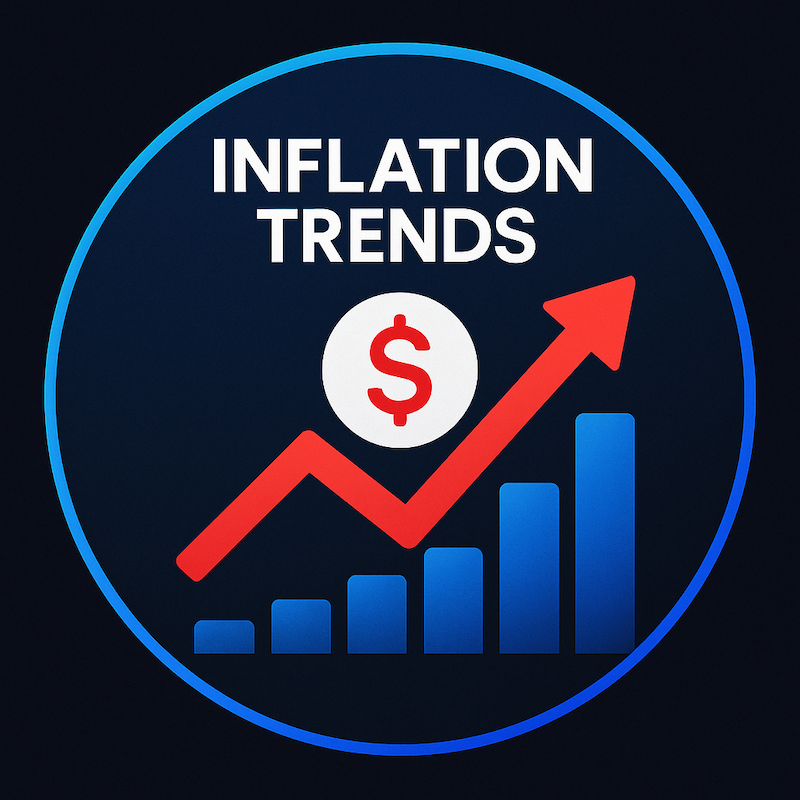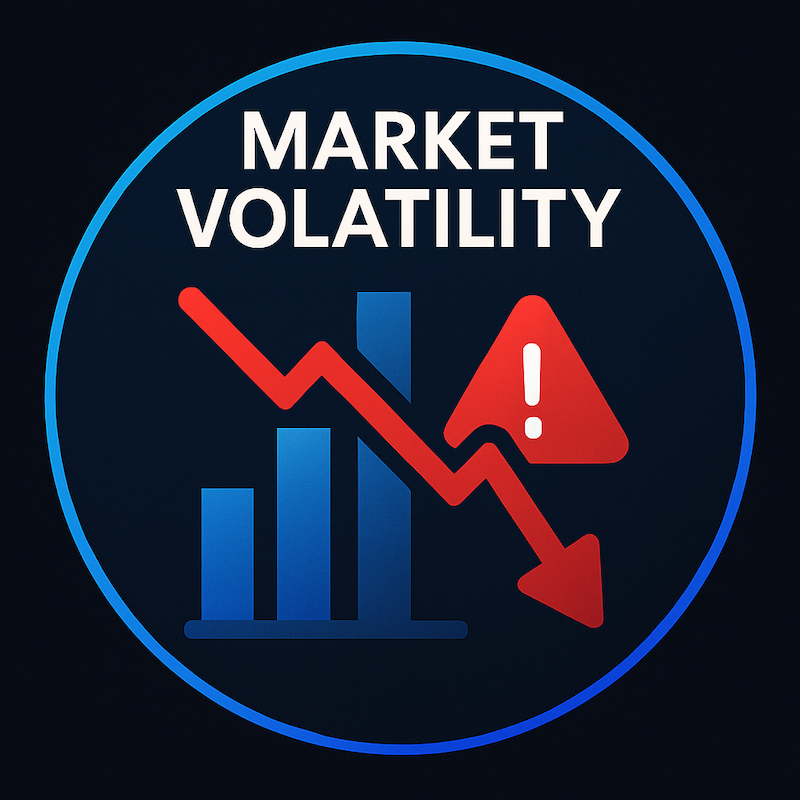US Dollar Holds Firm Amid Shifting Macro Landscape
The US Dollar (USD) continues to demonstrate strength as global investors navigate a complex environment of soft economic data, geopolitical risk, and diverging central bank policies. Despite mixed signals from recent US economic indicators, the greenback remains supported by persistent demand for safe-haven assets and the relative resilience of the US economy.
Traders are pricing in the possibility of a Federal Reserve pivot in late 2025, though policymakers remain cautious. Core inflation remains sticky, especially in services, and labor market data — while moderating — still shows underlying strength. This leaves the Fed in a holding pattern, reinforcing the USD's appeal as a carry trade anchor.
Against major peers, the USD remains elevated, particularly versus the Japanese Yen (JPY) and Euro (EUR), as both the Bank of Japan and European Central Bank struggle with growth headwinds and more dovish tones. Meanwhile, commodity currencies like the Australian Dollar (AUD) and Canadian Dollar (CAD) remain volatile, reacting sharply to risk sentiment and raw material prices.
From a technical perspective, the DXY (US Dollar Index) continues to find support above the 104 level. A sustained break above 106 could signal renewed bullish momentum, especially if macroeconomic risks escalate globally.






